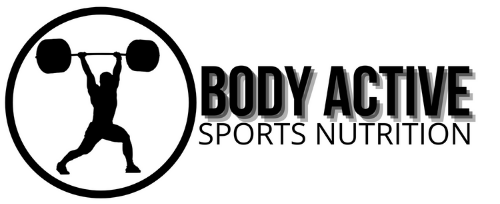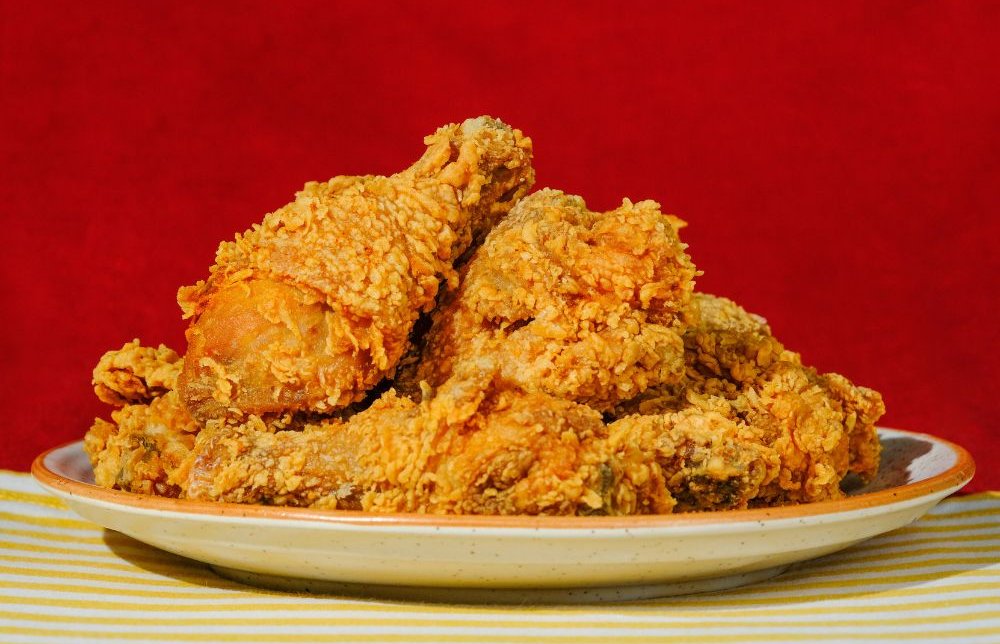Fried chicken is a popular comfort food that many enjoy for its crispy texture and savory flavor. However, when it comes to nutrition and muscle building, it’s essential to analyze whether fried chicken can fit into a balanced diet aimed at promoting muscle growth. Let’s explore the nutritional aspects of fried chicken, its role in a muscle-building diet, and some healthier alternatives.
Nutritional Breakdown of Fried Chicken
Protein Content
One of the primary considerations for muscle building is protein intake. Fried chicken, especially if made from chicken breast, is a good source of protein. A typical piece of fried chicken can provide around 20-25 grams of protein, depending on the cut and size. Protein is essential for muscle repair and growth, making fried chicken a potential option for meeting protein needs.
Fat and Calories
While fried chicken offers protein, it is also high in fat and calories due to the cooking method. The frying process adds significant amounts of unhealthy fats, particularly trans fats and saturated fats, which can contribute to excess calorie intake. For those aiming to build muscle while maintaining a healthy body composition, it’s crucial to consider these factors.
Micronutrients
Chicken does provide some essential vitamins and minerals, including B vitamins (like niacin and B6), phosphorus, and selenium. However, fried chicken often lacks the fiber and nutrients found in whole foods, such as vegetables and whole grains, which are essential for overall health.
Fried Chicken in a Muscle-Building Diet
Pros
- High Protein Content: As mentioned, fried chicken can be a convenient source of protein, which is vital for muscle repair and growth.
- Caloric Surplus: For individuals looking to gain muscle mass, consuming higher-calorie foods can help achieve a caloric surplus. Fried chicken can contribute to that surplus, especially in a bulking phase.
Cons
- High in Unhealthy Fats: The saturated and trans fats present in fried chicken can lead to health issues, including heart disease, if consumed in excess. This is particularly concerning for athletes and bodybuilders who need to maintain a healthy cardiovascular system.
- Low Nutritional Density: Fried chicken lacks many essential nutrients and fiber that support overall health and recovery. A diet high in processed and fried foods can also lead to inflammation, which is counterproductive to muscle recovery.
- Potential for Overeating: The high-calorie content of fried foods can lead to overeating, which may not be beneficial for those looking to build lean muscle without gaining excess body fat.
Healthier Alternatives
If you’re craving fried chicken but want to make healthier choices that support your muscle-building goals, consider the following alternatives:
- Baked or Grilled Chicken: Opt for baked or grilled chicken instead of fried. These cooking methods retain the protein benefits without the added unhealthy fats and calories.
- Air-Fried Chicken: An air fryer can give you that crispy texture without the excess oil used in traditional frying, making it a healthier option.
- Chicken Tenders or Nuggets: Look for versions that are baked rather than fried, as many brands offer healthier alternatives that still deliver on taste.
- Pair with Nutrient-Dense Sides: When enjoying chicken, pair it with plenty of vegetables, whole grains, and healthy fats (like avocado or nuts) to create a balanced meal.
Conclusion
While fried chicken does provide protein and can be included in a muscle-building diet, it’s important to consider the overall nutritional profile and health implications of frequent consumption. The high fat and calorie content, coupled with low nutrient density, may outweigh the benefits for many individuals. For optimal muscle building and overall health, focusing on lean protein sources and incorporating a variety of whole foods is the best approach. Enjoy fried chicken occasionally, but prioritize healthier cooking methods and balanced meals for sustained muscle growth and wellness.

